
| VIDEOSPACE BUDAPEST |

born in Kothanalloor / India in 1973
lives and works in New Delhi
Videospace is pleased to announce that Gigi Scaria is one of the three artists exhibiting in India's first-ever national pavilion at the Arsenale at the 54th Venice Biennale in 2011.
Mixed media artis Gigi Scaria represents the international migration. His video installations in Venice portray the changing social realities and 'interpretations of home'. Curator of the Indian Pavilion is Ranjit Hoskote.
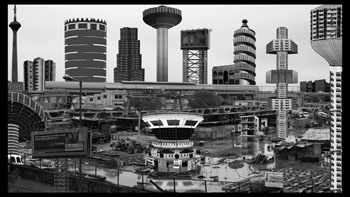
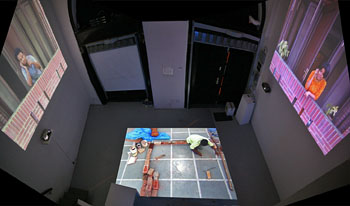
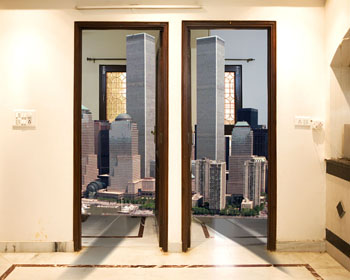
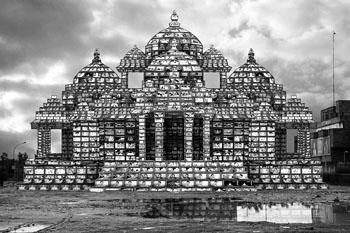

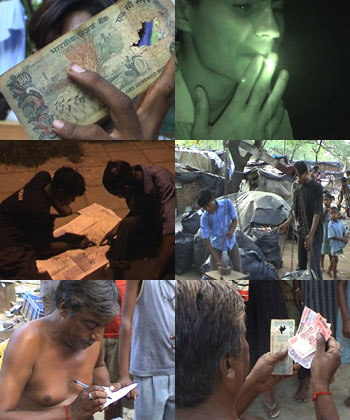
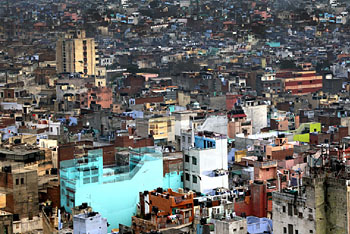
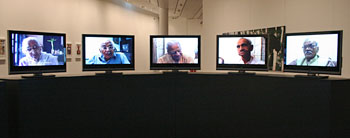
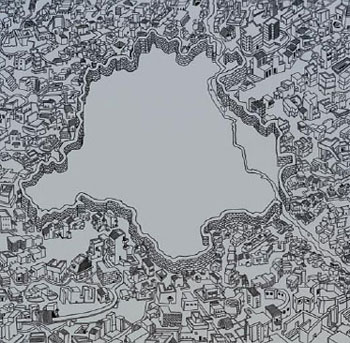
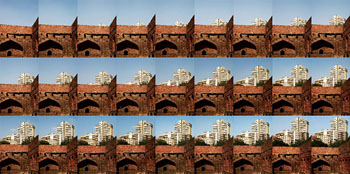
Gigi Scaria: Panic City / stills from the video
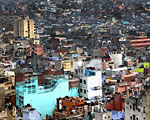 screen JPG 72 dpi / 134 KB
screen JPG 72 dpi / 134 KB
print JPG 300dpi / 452 KB
To use only with the aggreement of Videospace Budapest in connection with the art work of Gigi Scaria mentioning the following credits:
Panic City © Gigi Scaria, Videospace Budapest 2008
Gigi Scaria: A day with Sohail and Mariyan / stills from the video
 screen JPG 72 dpi / 57 KB
screen JPG 72 dpi / 57 KB
print JPG 300dpi / 421 KB
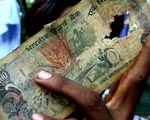 screen JPG 72 dpi / 107 KB
screen JPG 72 dpi / 107 KB
print JPG 300dpi / 353 KB
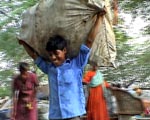 screen JPG 72 dpi / 125 KB
screen JPG 72 dpi / 125 KB
print JPG 300dpi / 452 KB
To use only with the aggreement of Videospace Budapest in connection with the art work of Gigi Scaria mentioning the following credits:
A day with Sohail and Mariyan © Gigi Scaria, Videospace Budapest 2008
![]() Upcoming exhibitions
Upcoming exhibitions
![]() CV
CV
![]() Press material to download
Press material to download
His videos and installations are precise visualisations of allegorical situations based on the social and economic reality of present-day India. Scaria is also a painter, sculptor and photographer.
The Indian artist, Gigi Scaria works in various media — installation, painting, video, photography and sculpture —; of which Videospace Budapest accomodates three video works for the present show. Although Videospace has a wee exhibition room, it perfectly suits Scaria’s Site under Construction (2006), the piece also giving the title of the exhibition. For the present occasion, the small office area upstairs also comes to play: it is from the office’s window-like wall-opening that viewers can watch the three-channel video. In the film, we witness the phone conversation of two people, standing in their respective, identical-looking balconies chatting over the subject of housing, while also commenting on the activity of a dark-skinned labourer in the courtyard setting up his own modest dwelling. The people on the balconies are now projected on the two opposite walls of the gallery, at the same height where the spectator stands, thus the spectator becomes a third neighbour looking down on the worker whose image is projected on the floor. And while the ones upstairs are idly guessing what the next move of the man downstairs will be, he suddenly destroys the structure built for himself with a ruthlessness akin to the demolitions, bulldozing and displacements taking place throughout poor urban areas.
The difference between the actual physical location of the people involved (watching from high up or crouching down below) reflects the hierarchy of their social positioning which is also re-inforced by the dialogue. In the next single channel video, A day with Sohail and Mariyan (2004), the artist appears to take a more focused look at those situated down below. Scaria accompanies and films two adolescent boys who go waste picking every night and deliver, in the morning, what they collected, and receive their pay for it. At first sight, A day with Sohail and Mariyan looks like a losely edited documentary counterposing the obviously staged and acted nature of the former video. Yet, the protagonists are referred to as "players" when the credits roll. And indeed, the most emphatic scenes of the 17-minute video linger over carefully chosen aspects of the boys’ daily routine and add up to a reflection over the wryly balanced social order the world of consumption establishes. Can that be the case, the artist asks, that the more we consume the better these boys earn?...
The third piece, Panic City (2007), is the furthest removed from any documentary or fictionalised documentary style and resembles, instead, a video clip, not lacking, however, an overtone critical of the political and social dimensions of urban structures. A 360° rotating view scans the cityscape of an Indian city whose chaotic dynamism throbs along the rythm of the accompanying music. Every now and then buildings loom and rise and disappear – and here we connect back to the moments of wild-speed construction and destruction that narrate the transformation of cities from differing viewpoints.
Beata Hock / art critic and curator
published in: Exit, December 2008
BIOGRAPHY
1973 born in Kothanalloor, Kerala, India
www.gigiscaria.com